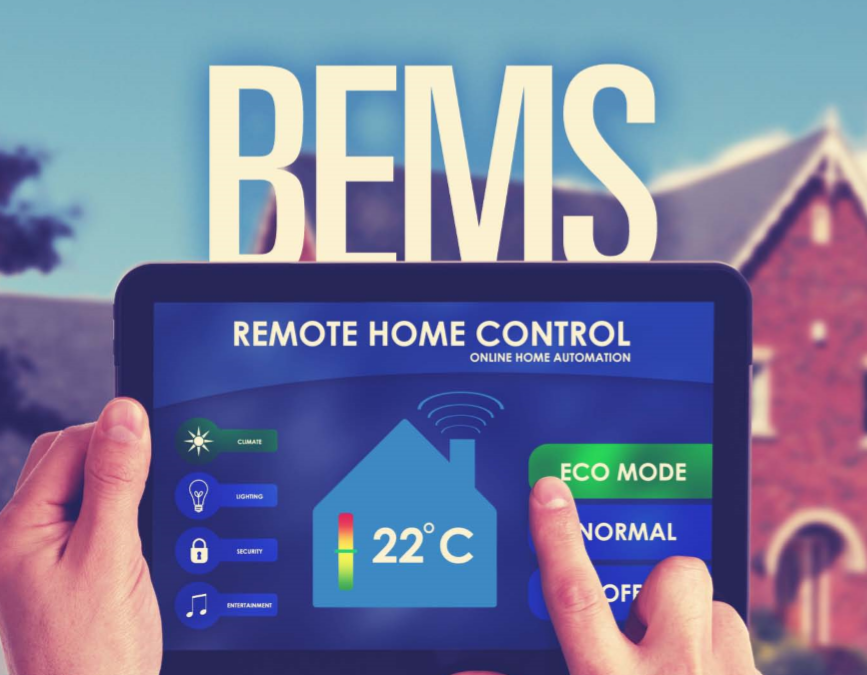Building refurbishment
Currently, energetic refurbishment of buildings has become a necessity that yields great social, economic and environmental benefits. Optimization of energy favors comfort of buildings, produces economic savings as a result of reducing consumption and, by all means, has a lower impact on the environment.
Given the opportunities offered by the current situation in matters of refurbishment and the building stock with a high margin for improvement and notable necessities, it is essential to search for advanced, reliable and intelligent solutions that allow an important increase of the energy efficiency percentage in the following years
BEMS’ main goal is to turn a passive building into an active and interactive building
Most of the buildings in Spain and Europe do not meet the requirements that the Energy Performance of Buildings Directive (EPBD) establishes, the main European regulations intended to guarantee the compliance of the objectives of the European Union concerning the containment of greenhouse gas emissions, consumption and energy efficiency and the generation of energy from renewable resources. These requirements may be different depending on the use that the building receives or whether it concerns a new building or one that already exists. In one way or another, they follow the same goal.
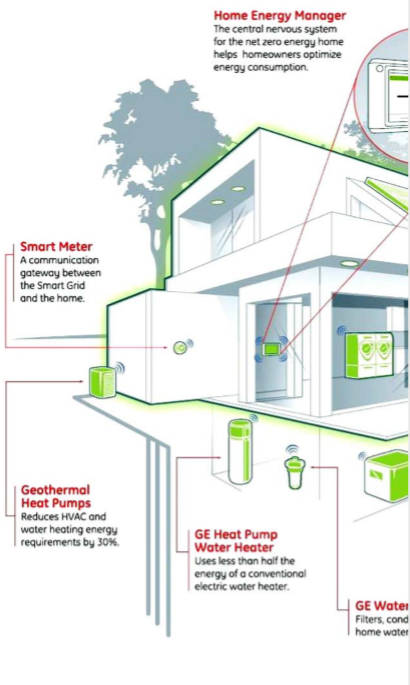
One of the main goals of this Directive is the renovation of 3% of the central government buildings and their corresponding refurbishment strategy. Besides, 60% of the Spanish houses, responsible for 24% of the national total energy consumption, were built before 1980, which means that they show deficiencies and limited measures meant for efficiency. Energy consumption represents between 20% and 30% of the operation costs of a building and, in turn, these mean 75% of the life-cycle cost of the building.
BEMS is a complex intelligent system, complete based on costs
In the current market, there are some energy management systems that offer various functionalities, such as energy monitoring, the generation of reports about consumption or the management of the energy efficiency projects. These solutions are available for a wide variety of application areas: residential, building complexes, mining, trade, industry, service sector, street lighting, electric cars, Smart Grid, Smart Cities and energetic agents.
However, not every solution offers an intelligent control based on KPIs (Key Performance Indicators), those values processed and collected from the monitored data which allow evaluating the performance and functioning of the system. Currently, a BEMS system (Building Energy Management System) is being worked on, with the objective of improving these commercial procedures and knowing those evaluation values, offering new functionalities that are not available on the market yet.
The BEMS system is a complex intelligent system, multilevel, multipurpose, integrated and complete based on costs, which performs in buildings monitoring and controlling the electric and mechanic equipments, among which the most important are lighting, air conditioning and security systems. Its purpose is to turn a passive building into an active and interactive building. BEMS systems are becoming increasingly more present in buildings for the management of energy services, and they can produce up to 40% in energy savings in the building. These systems take into account the multiple possible solutions towards a higher efficiency, and they permit a higher decision-making capacity.
CARTIF has years of experience in the application of this technology, which has taken part in numerous projects. One of the latest is the European project BRESAER, whose main objective is developing and demonstrating an industrialized envelope system, innovative, efficient and adaptable for building refurbishment, including pre-fabricated solutions, active and passive in a combined manner, and even integrated in a lightweight structural mesh.
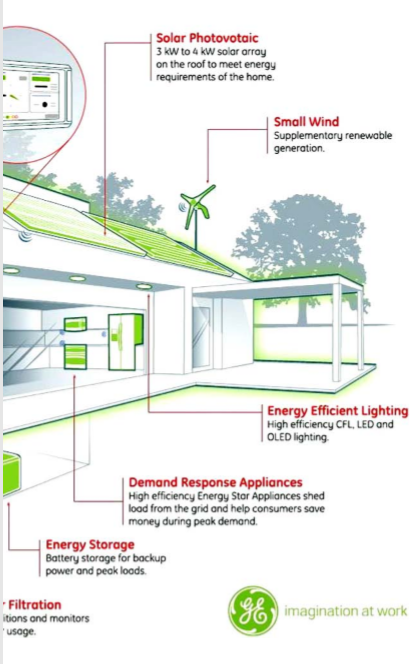

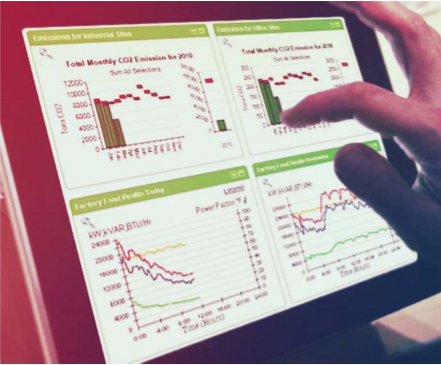
José Luis Hernández, researcher in the Energy Division of CARTIF, claims that “the four basic functions in a BEMS system are: monitoring, control, optimization and processed document generation. Applying the BEMS, one can control every active component in a building to optimize air conditioning and lighting; improve the residents’ or the visitors’ comfort and achieve notable energy savings.”
The BEMS work process starts with the monitoring network, which gathers the information from the energy consumption and comfort. In this network, the action devices allow implementing the various control strategies. On the other hand, the electric and thermal consumption in the different systems is also gathered so it shows the necessities and the expense in each of the different rooms in the building. Finally, combining the information with the thermal and electric total consumptions in the building as a whole helps to obtain the historic behavior, as well as the momentary values on which decision-making is based, taking into account the user’s comfort at all times.
The BEMS system also holds the concept of the Internet of Things, as it allows harmonizing all the measures in a common model, so as to facilitate the control and comprehension of those data.
An example of this integration is another of the projects that CARTIF has coordinated in recent years: BaaS. In this case, as Susana Martín, the researcher from the Energy Division in CARTIF explains, “we have developed a middleware that has access to the information related with a building (sensor and automation networks, weather station and BIM – Building Information Modelling –). This middleware offers all available data in a homogeneous way to companies responsible for the building energy management. In terms of ‘cloud,’” Martín adds, “BaaS establishes a new concept: Building as a Service, as the middleware offers access to the information of the building in a transparent manner.”
BEMS allows reducing up to 70% of the primary energy consumption
Thus far, the advantages from the application of a BEMS system, especially in terms of energy savings, have been applied in residential buildings.
However, there is a large stock of historic buildings in Europe which were built without having in mind energy efficiency aspects, and they show numerous restrictions at the time of the refurbishment because “intrusive” solutions cannot be included (such as thermal insulation).
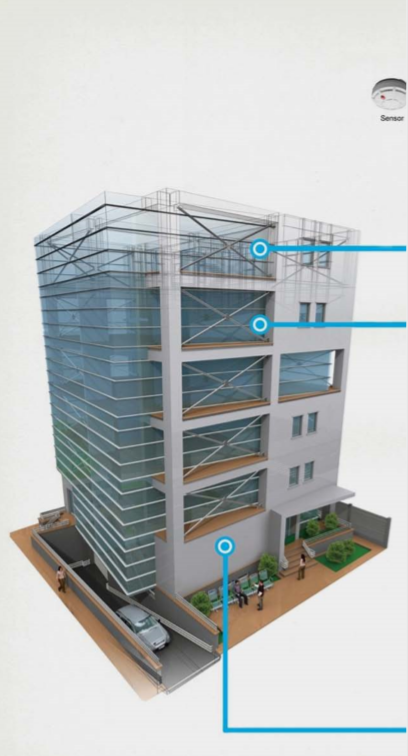
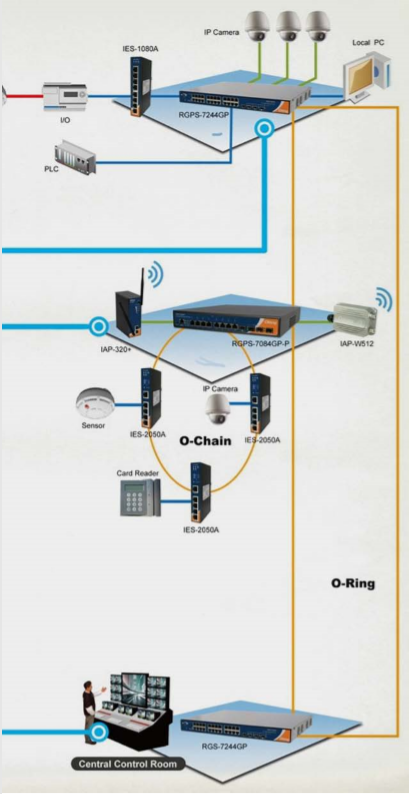
In these cases, the application of ICTs is decisive to achieve the same results without damaging the aesthetic value of the building.
3ENCULT, another project that the group of researchers at CARTIF has been working on, developed a specific BEMS to apply to the historic and heritage stock.
In this case, the BEMS calculates the measure of a non-intrusive, wireless and energy-saving monitoring system. Besides, the BEMS takes into account the restrictions of this kind of buildings (for example, maintaining the temperature and humidity in a room) and incorporates these parameters to its KPIs.
The case study that CARTIF worked on was the refurbishment of the School of Engineering of Béjar (Salamanca, Spain) (1), where the system focused on lighting control and the improvement of thermal comfort. The obtained results show savings of up to 50% of the electric consumption, something that presents an interesting scope of application in this sector.
Benefits of the implementation of the system
After all the observations hitherto, it is certain that the application of the BEMS system, along with the implementation of passive solutions, allows reducing up to 70% of the primary energy consumption.
This fact, together with the increase in the comfort of the building’s user, either with public or private use, makes the implementation of ICTS to the management of energy efficiency a solution that will be applied to the second-hand and new housing stock in the following years.
A useful tool, progressively easier to use, that in the future will let the resident or user of the building have absolute control over the management of energy resources that technology offers.

